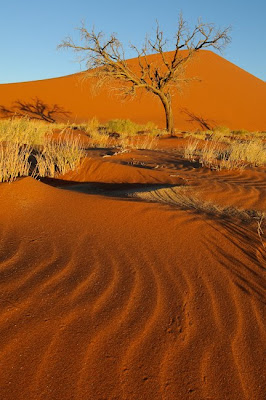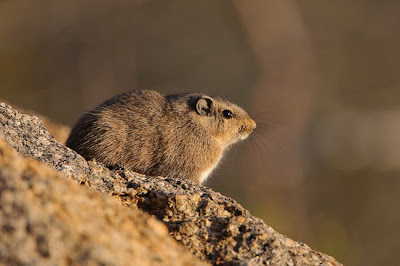This trip had been in motion for a year, so understandably, all were quite excited about actually getting out and photographing. After the landing and settling in at the guesthouse in Windhoek, it was all go, and we headed south to those infamous dunes of Sossusvlei.
Of course the nature of the tour was photography, and so in that vein, C4 Images and Safaris had sought out the best places to stay to maximise photography in the park. If you stay outside the park, you are only allowed in at 05h30 – with Sossusvlei dunes being an hour further into the park, that does not leave you much time to set up. We however, stayed in the NWR lodge right inside the park. Not only were we 15km closer to the dunes than everyone else, but we could also leave earlier mornings and return later in the evenings: A boon that aided us considerably- especially when wanting to capture than evening magenta in the sky after sunset.
Here we spent three days working the dunes from different angles. Driving along the road and photographing with the long lenses, walking into Dead pan, with its mesmerising camel thorn trees reaching skyward, lying in amongst the dunes and photographing the ripples at dusk and also walking out over the gravel flats to find our own piece of untouched sand. It was a stunning time and before we knew it, we had to head north.
Barring one vehicle almost getting stuck in some soft sand for 20 minutes, the drive to Erongo was easily negotiated. We arrived in the golden hour- just in time to whip out the cameras and work on some excellent landscape photography. Erongo is a granite complex weathered into domes and round rocks. It proved an excellent end to the day as everyone got to stretch out their legs as well as get some good images.
In addition to landscapes, Erongo is also a birding paradise. Breakfast was treat with all manner of birds (some of the Namibian endemics) feeding around the restaurant. The sight of the tour occurred here with the table left bare and all the photographers pointing their lenses outside at the birds!
From here it was up to Sesfontein via Twyfelfontein. A stop at the rock engravings here is a must. Absolutely the best I have ever seen and every time I go here I am reminded just how brilliantly these are preserved. Nothing in Africa compares.
Sesfontein is far up north and west. We arrived hot and dusty and ready to see out goal- desert adapted elephants. We departed at the crack of dawn the following morning to find to try and find these elusive pachyderms. You drive for an hour before dropping into the Hoanib riverbed. From here it is a journey of millennia. You see rugged, rocky cliffs towering above you, scarred by the eroding and meandering river through which you a e driving down. The large Ana trees line the riverbed, providing shade and relief in terms of heat, for us, and the elephants. We found a few at around 12h00. For most photographers this is the wrong time to photograph, but here it aided the cause- creating hard shadows with the backdrop of the Damara Mountains giving a stark reference to it all. Truly a sight to remember and the drive to get here was well worth it. I have never seen so many clients as happy for a mid day photo shoot before!
The next day was a rest morning and then in the afternoon we visited a Himba village. The Himba are southern Africa’s last remaining true nomadic tribe. They roam one of the remotest parts of Namibia, and have for the most part ignored the advance of western culture. It was a privilege to visit this particular village.
Read part two of our Namibian photo tour here.









No comments:
Post a Comment